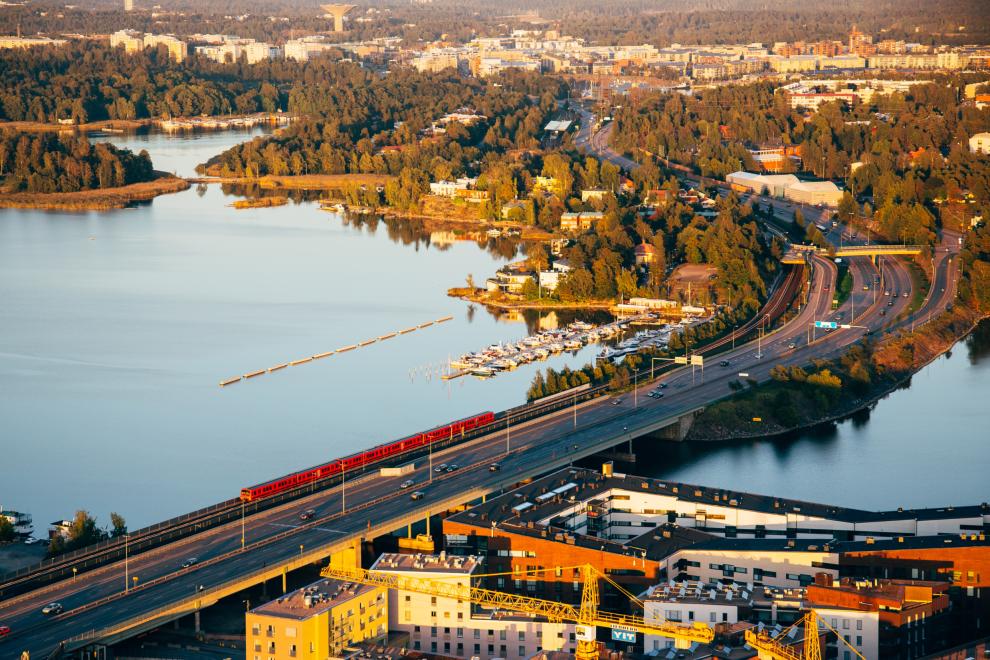The impact of residential planning on green spaces

Estimated reading time 2 minutes
The goal of the assessment
The main focus of the assessment was on whether the Urban Environment Division had ensured that green spaces were preserved or increased in planning residential areas. The 2021–2025 City Strategy sets out a policy to increase the number of trees and greenery in the city, strengthen the forest and meadow networks, and avoid designating development in Helsinki’s most valuable natural areas. On the other hand, the City Strategy also aims to increase Helsinki’s population, which is why land-use planning should allow new housing to be built.
Conclusions
The Urban Environment Division has largely ensured the preservation of green areas and the increase of greenery in planning residential areas following the 2017–2021 and 2021–2025 City Strategies. However, the construction of planned residential areas will probably reduce the city’s total area of green space. This is because land-use planning must reconcile the objectives related to nature and recreational areas with other goals such as housing production.
According to the assessment findings, the development of ecological networks has been sufficiently addressed in planning residential areas. The residential planning process ensures that Helsinki’s most valuable natural areas are not designated for construction. However, case studies have shown that local detailed plans designate natural areas with endangered habitats or species for housing development. Nonetheless, development has been well justified in the cases examined in the assessment, and efforts have been made in preparing the plans to investigate and as far as possible, consider the relevant current studies and ecological data for the planned area.
the Urban Environment Division should
- continue prioritising general and detailed land-use planning solutions that preserve or increase urban nature or parks as much as possible within the planning area.
- continue the work on determining Helsinki’s most valuable natural areas and make the results available to land-use planners as soon as possible.
- ensure that sufficient and up-to-date ecological data are available for land-use planning.

Add new comment